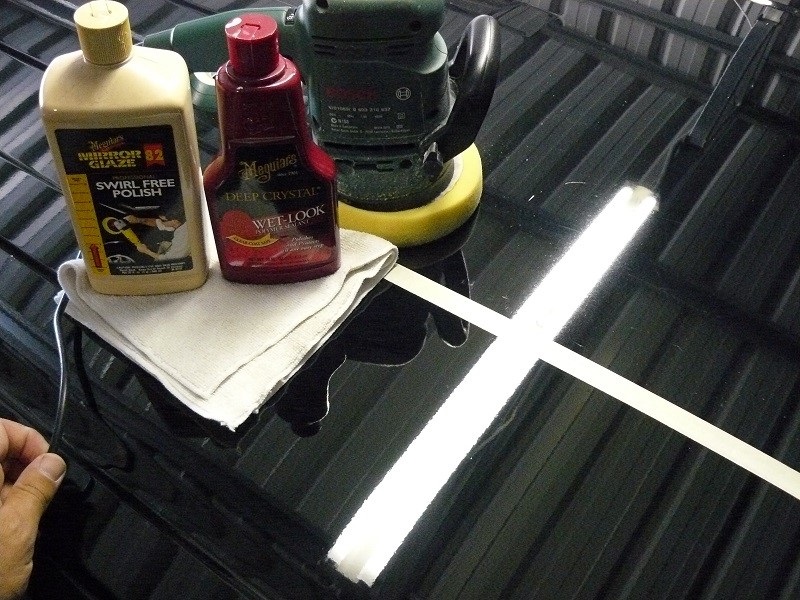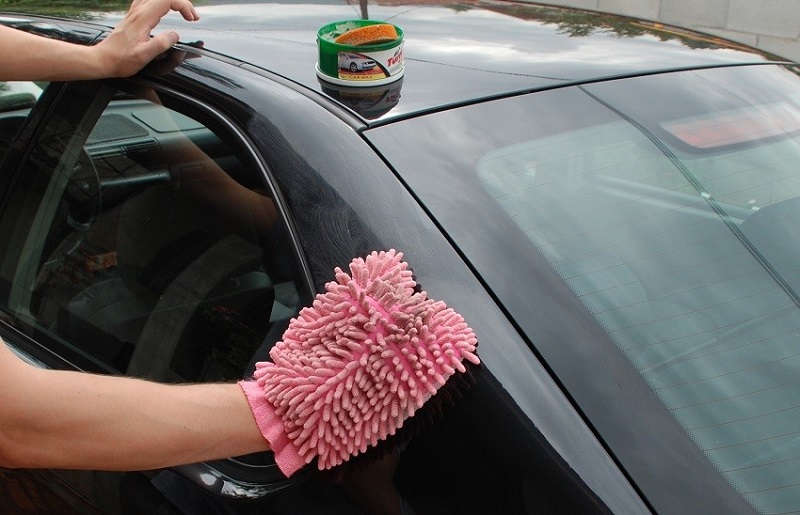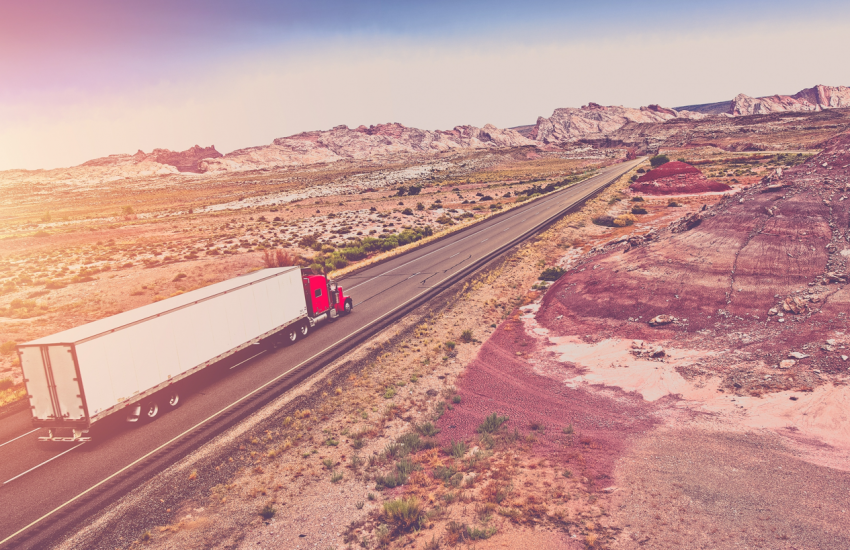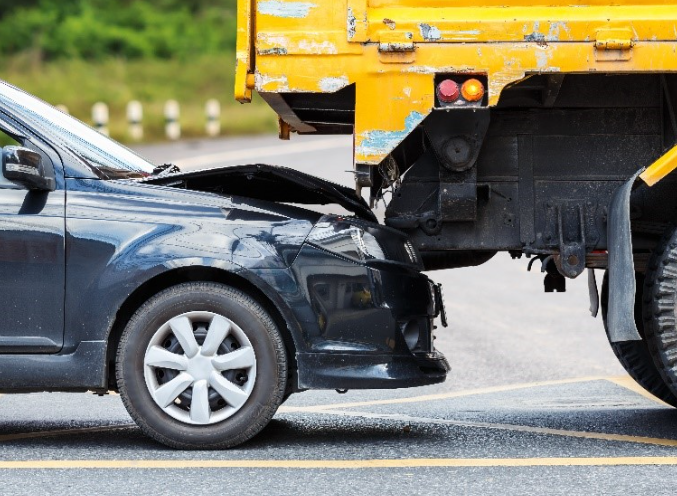Use Car Wax For Black And White Cars
Wear a rubber glove on your right hand, and another on your left. After this, allow both hands to hover closely above an open flame. You would discover that your left hand will feel the heat intensity more than your right. The same applies to vehicles.
Using wax for black and white cars is not merely superficial. Due to the fact that black and white are plain colors, it is advisable owners of cars of these colors use wax for black and white cars. Below are some reasons to wax your black or white vehicles.
Why You Should Use Car Wax For Black And White Cars

Protection Against Scratches
From an accidental scratch to a slight brushing off a twig against your vehicle, waxes will lessen the effects of paint ‘chalking’ or removal on your car upon contact with damaging force.
Conceals Scratches
If you have scratches on your car, waxes can fill them in. This leads to less-apparent scratches. This a cheap method as opposed to wholesome repainting of the car
Makes Washing Easier
Due to the chemical composition of wax, it is poorly receptive to foreign substances making them easier to go off. Bird dung, sap from trees, and other substances that are deposited on vehicles from time to time can easily be removed with a casual car wash. Stubborn substances may lead to a removal of the car wax for black and white cars. But hey, it is much better than damage to your car paint.
Protection Against Atmospheric Pollutants
Pollution over the years has led to a depletion of the ozone layer and presence of poisonous gasses in the atmosphere. These have resulted in a continual radiation of ultraviolet rays and acid rain downpour in recent times. These and other corrosive substances can be prevented from coming in direct contact with the paint on the vehicle when the wax is the outermost layer on the car.
Improves Shine
It is common knowledge that a glittering white or black car is always a sight to behold. Waxing is the easiest way to give your vehicle that glossy look.
How To Wax Black And White Cars
For scratched surfaces, the first stage is the Buffing process.
For this you will need:
- A high-speed angle grinder that has a buffing wheel
- Buffing compound or car polish
- An adequate quantity of your buffing compound is added to the heavily scratched surface of your vehicle.
- Spread the compound judiciously across the area with the buffing pad. Ensure that the buffer is not moving so as to avoid any splattering.
- Turn on the buffer and move it in a circular motion. It is important that you apply minimal pressure, and the area of the buffer pad rests flat on the surface throughout this process.
- Take a small portion at a time and repeat this process till the surface has been totally covered.
- If your paint is still in its proper state, simply repeat the above process. But in this case, use a small quantity of car polish.
WAXING

- Clean your buffing pad
- Ensure the surface of your vehicle is contaminant-free by cleaning it.
- Apply car wax evenly on the vehicle surface.
- Instead of leaving the buffer on, tug the trigger on the buffer to prevent wax solidification on the vehicle surface.
- Cover 1/4th of the panel at a time before you remove the wax. Check the wax container to know the prescribed time before removal.
- Use a clean, dry microfiber cloth to remove the wax. When your microfiber cloth is filled with wax, turn it to a dry side to avoid re-deposition. Be sure to avoid wax remnant of other vehicle parts.
- Clean other portions of painted surface in a like manner.
It is often advised that you use car wax for black and white cars every three months to yield the best gloss and protect your car paint.

















